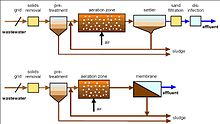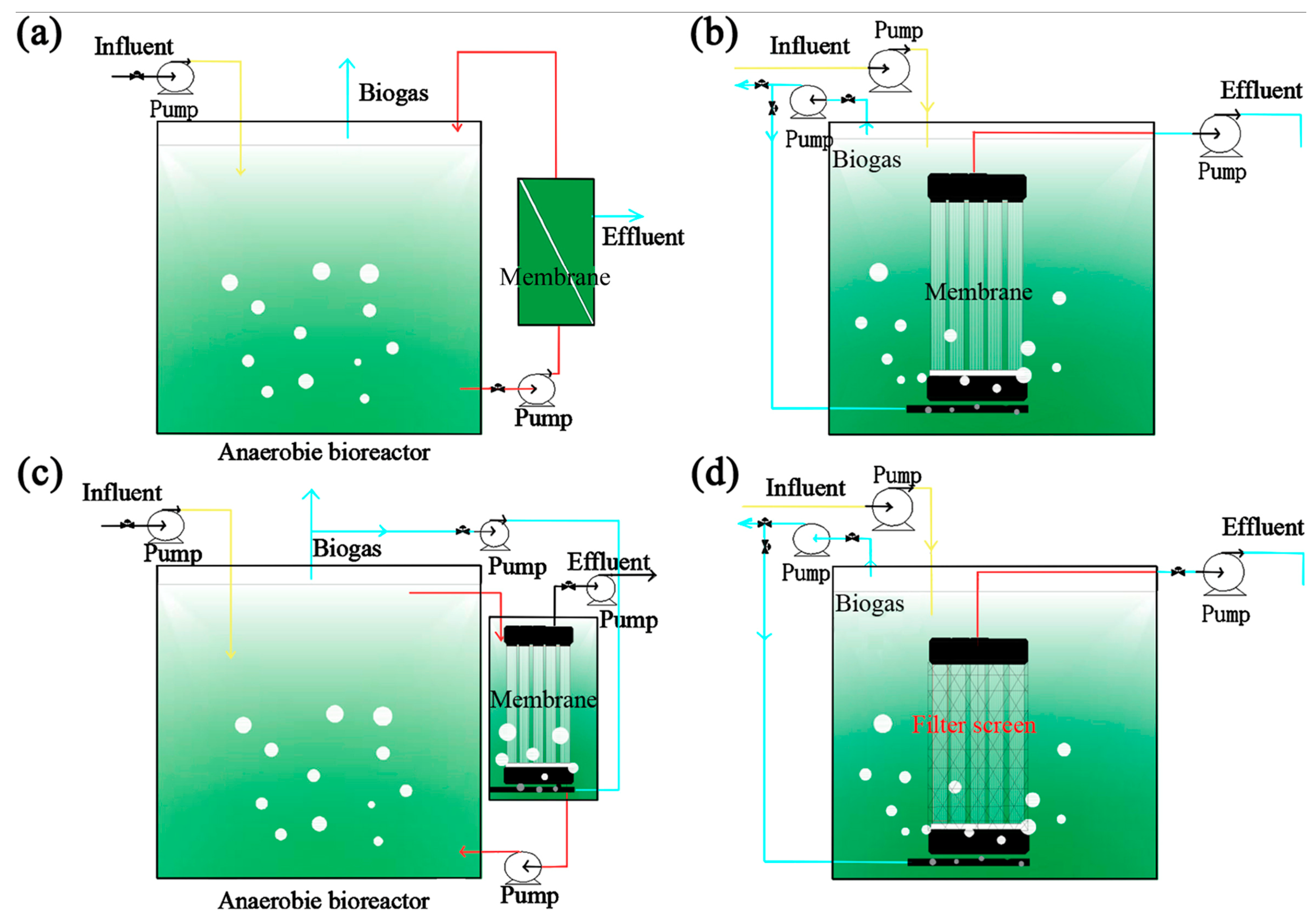The Economic Benefits of Installing a Membrane Bioreactor for Your Facility
The Economic Benefits of Installing a Membrane Bioreactor for Your Facility
Blog Article
Just How Membrane Layer Bioreactors Are Changing Water Filtration Systems
The development of membrane bioreactors (MBRs) represents a considerable improvement in the area of water purification, merging biological therapy procedures with sophisticated membrane layer filtering innovations. As worldwide water shortage heightens, the function of MBRs in helping with safe and clean water reuse and sustainable water monitoring comes to be significantly important.
Review of Membrane Layer Bioreactors
Membrane layer bioreactors (MBRs) stand for a substantial improvement in water purification technology, as they combine organic treatment processes with membrane layer filtering. This combination enhances the performance of wastewater treatment by utilizing microbes to break down organic pollutants while all at once using semi-permeable membrane layers to separate treated water from put on hold solids and microorganisms.
The MBR system commonly contains a biological activator where the microbial population metabolizes impurities, complied with by a membrane purification device that preserves biomass and enables just clean water to travel through. This double functionality results in greater effluent high quality compared to traditional treatment techniques. MBRs can be run in both batch and continual flow settings, providing adaptability in style and application.
They also enable the healing of water for reuse, hence adding to water sustainability initiatives. In general, MBRs are at the leading edge of boosting water therapy efficiency and quality, showcasing the capacity for ingenious remedies in ecological management.
Advantages of MBR Innovation
The combination of organic therapy with membrane layer purification offers various advantages for water purification processes. One of the main advantages of Membrane Bioreactor (MBR) innovation is its capability to successfully eliminate both natural and not natural pollutants, causing premium effluent. The membrane layers work as a physical obstacle, protecting against put on hold solids and virus from going through, which enhances the overall safety and integrity of cured water.
Furthermore, MBR systems need a smaller impact contrasted to traditional treatment approaches, enabling a lot more effective room application. This small style is particularly advantageous in city settings where land is restricted. MBRs likewise demonstrate functional versatility, fitting differing influent qualities and circulation rates without significant efficiency degradation.
Furthermore, the process provides boosted nutrient elimination capabilities, specifically for nitrogen and phosphorus, which are important for stopping eutrophication in obtaining waters. The minimized sludge production linked with MBR technology additionally equates to reduce disposal costs, making it a cost-effective remedy in the long run - Membrane Bioreactor. On the whole, the advantages of MBR modern technology placement it as a leading selection for lasting and ingenious water filtration systems, dealing with both ecological and economic problems
Applications in Water Purification
Applications of Membrane Layer Bioreactor (MBR) technology in water filtration are impactful and varied, dealing with numerous treatment needs throughout numerous industries. MBRs efficiently incorporate biological treatment procedures with membrane layer filtration, making them suitable for local wastewater therapy, industrial effluent administration, and also safe and clean water reuse initiatives.
In metropolitan setups, MBRs are increasingly employed to enhance the high quality of treated wastewater, enabling for conformity with rigid discharge laws and facilitating the recycling of water for irrigation and non-potable usages. Their portable design also makes them suitable for urban environments where space is restricted.
Industrially, MBR modern technology is utilized to treat process water and wastewater, particularly in sectors such as food and beverage, pharmaceuticals, and textiles. By successfully eliminating pollutants and suspended solids, MBRs help sectors minimize ecological effects while recuperating useful resources from wastewater streams.
Furthermore, MBRs are read the article acquiring traction in decentralized water treatment applications, where small systems can be deployed in remote areas or developing areas. This versatility allows communities to achieve lasting water administration services, enhancing access to clean water while lowering dependence on conventional treatment approaches.
Situation Studies and Success Stories

In one more example, a fabric manufacturing center in Bangladesh adopted MBR modern technology to address its wastewater obstacles. The system minimized chemical oxygen demand (COD) levels from 1,200 mg/L to much less than 100 mg/L, therefore fulfilling regulative criteria and substantially minimizing ecological impact.
The College of Cape Community's MBR setup has actually shown reliable in treating greywater for non-potable reuse on school. This project not only preserves potable water however also serves as an instructional design for lasting practices.
Moreover, a fish and shellfish processing plant great site in Norway used MBR modern technology to treat effluents consisting of high degrees of organic matter, accomplishing over 90% toxin removal. These study underscore MBR technology's adaptability and its vital role in improving water top quality across diverse applications.
Future of Water Treatment Solutions
As worldwide water deficiency and air pollution challenges heighten, innovative water treatment services are ending up being significantly essential to guarantee sustainable access to clean water. The future of water treatment lies in the integration of sophisticated modern technologies that boost the performance and performance of filtration procedures. Membrane layer bioreactors (MBRs) go to the center of this advancement, incorporating organic treatment with membrane purification to produce premium effluent appropriate for different applications.

Emerging trends such as resource recuperation from wastewater, consisting of nutrients and power, will even more transform therapy centers into environmentally friendly hubs. Furthermore, advancements in nanotechnology and membrane layer materials promise boosted efficiency and durability of filtration systems.

Final Thought
To conclude, membrane layer bioreactors stand for a substantial innovation in water purification technologies, efficiently combining organic treatment with sophisticated membrane purification. The numerous benefits, including enhanced effluent quality and minimized spatial requirements, make MBRs especially suitable for metropolitan applications. Their role in drinkable water reuse and lasting water management highlights their relevance in dealing with international water scarcity difficulties. Proceeded study and growth will better enhance the effectiveness and fostering of MBR technology, making sure a resistant future for water treatment options.
The development of membrane bioreactors (MBRs) represents a considerable improvement in the area of water filtration, combining organic therapy procedures with sophisticated membrane layer filtration technologies. As global water shortage increases, the duty of MBRs in promoting safe and clean water reuse and lasting water monitoring comes to be increasingly crucial. They also enable the recovery of important source water for reuse, thus contributing to water sustainability initiatives.As international water deficiency and air pollution difficulties heighten, ingenious water treatment services are becoming increasingly essential to make certain lasting accessibility to tidy water. Their duty in drinkable water reuse and sustainable water management highlights their relevance in resolving worldwide water shortage challenges.
Report this page